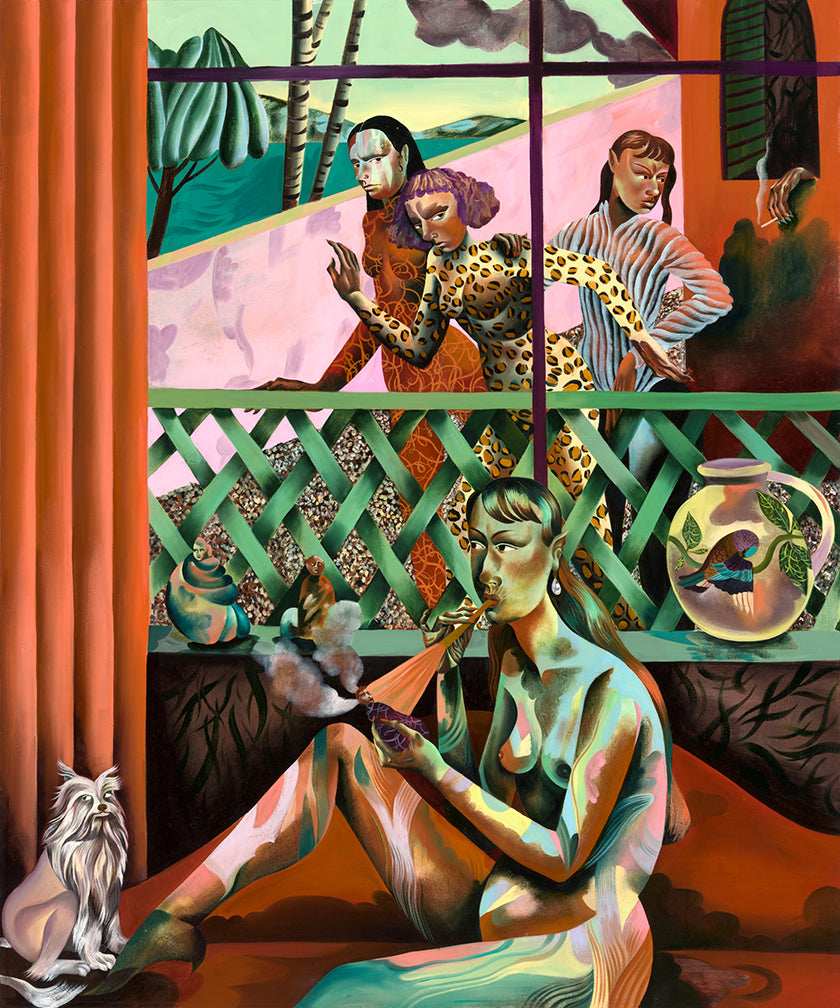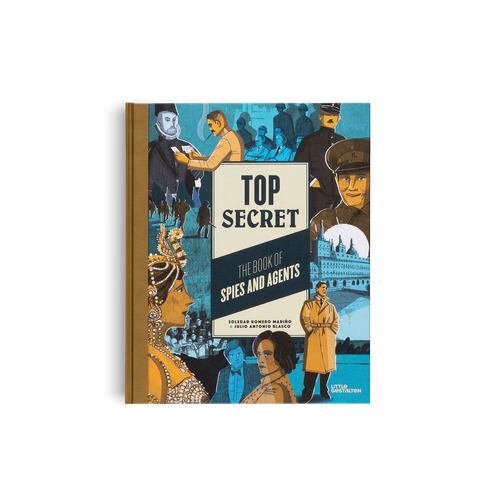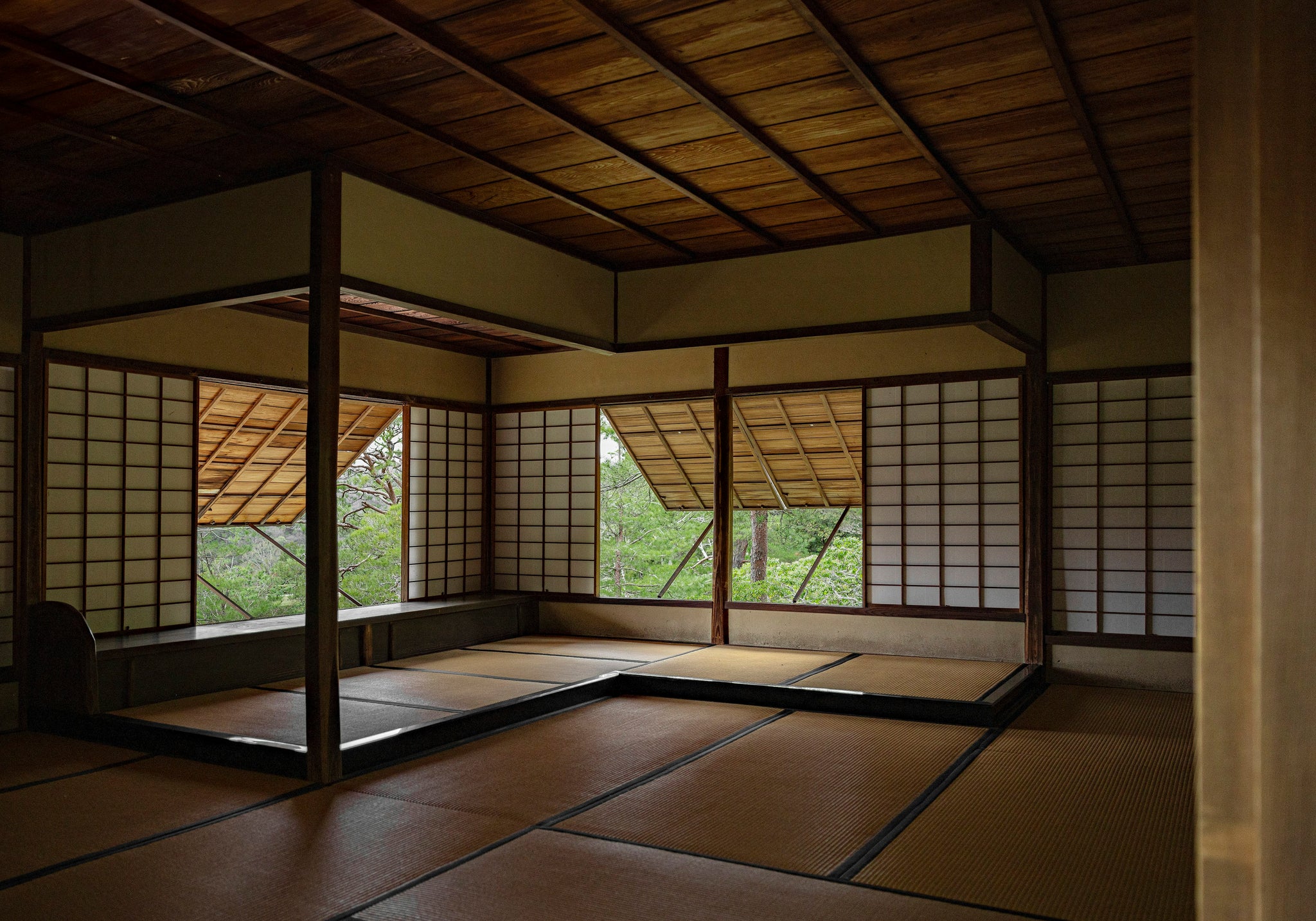
09/2020 visual culture
Gaze into the fictitious, mythological spectacle created by the exuberant Jessie Makinson and you'll be ensnared by a disruptive narrative of femininity. Seeming disarrayed at a glance, when studied in depth the poetic structure on display begins to reveal itself. Like a substance burned together in a kiln and finely pulverized, the viewer is bound to the layered of stories, characters, and eerie conflicts depicted. The figures in her work have you guessing, creating a mirror effect that deflects from the maker or viewer's gape.
"I am interested in the idea of willfully misunderstanding historical images"
The London-born and Edinburgh-educated artist fuses a connection between folklore, mythology, and sci-fi. Fantasy and speculative fiction are vessel subjects that have always roused her, symbolizing a space where anything can happen while also being atmospherically benign. Currently showing at Kunstverein Dresden and Lyles & King, her latest body of work confronts human behavior during the pandemic and different realities of female fantasy escapism. Discussing her gallant utopias, Makinson probes the realm of hierarchy, complex compositions, and the role of folklore in science fiction.

Jessie Makinson, A pox on them, 2020. Oil and pigment on canvas, 100 x 120cm. (Work: © Jessie Makinson. Courtesy Jessie Makinson and Lyles & King, NY)
Mysterious, dark, and possessing intense energy, your work challenges the representation of the female form in art and culture. For those looking at your art for the first or tenth time, what message do you hope it translates to viewers and the position of today's society?
My paintings in lots of ways sit in or reference the language of historical painting. I am interested in the idea of willfully misunderstanding historical images. Be they 18th or 19th-century brothel scenes, inns, or kitchens, my paintings are a syncretic accumulation of images and stories. The figures in the paintings are mainly women, by removing the men or making things a little ambiguous, anthropomorphic, or fluid, I hope to remove the power dynamic that would exist between a male and female subject. The figures also have contemporary motivations and thoughts that perhaps didn’t even exist historically. I am curious about this disruption and how it can create a sense of unease in a familiar setting. A setting that suggests a high drama, kitsch, theatrical, rococo languidness. I am aiming for a certain bodily luxuriousness, a kind of purr that is transported into the spaces the figures inhabit. A charm on the room. I hope the theatrical stage-like settings give a sense of unease or precariousness, reflecting my interest in fakes, artifices, glamours, and magics. I think about consequence or lack of, both from within and without the figures' control, and their ownership of the moment they are seen in. One aim is to make the question of gaze not about the viewer or makers gaze, but that of the figures in the paintings.
"I am interested in things being taken out of context or misunderstood. I’m also into the idea of slightly ‘trolling’ the paintings with their titles"

Jessie Makinson, Tiniest little slice, 2020. Oil and pigment on canvas. (Work: © Jessie Makinson. Courtesy Jessie Makinson and Lyles and King, New York)
You build such complex compositions with a captivating intensity. What different processes does one of your pieces of art go through before completion? How important are the eyes of your characters in your storytelling approach?
My main focus when painting is the relationship between shape, color, pattern, and line. And how to apply paint with purpose, whilst being fully immersed in considering those relationships. There's a certain amount of gathering and drawing that goes on before and once I start a painting, I draw from found images, notes, and ideas. I then do an abstract intuitive pattern on the surface. Looking at this pattern and my sketches I start to plan out the placement of figures. I then draw linearly over the pattern. The pattern is a sort of matrix and the linear drawing is the structure on which the shapes, colors, and patterns of the painting will hang. So there is a lot of invention and gathering of images and sketches in the drawing onto the canvas.
When I start to paint, I start in one place and move around, the expression on a face, the way a hand lies, or what the figures are doing/holding shifts in and out. As I spread out across the canvas, the composition may need to change to accommodate a certain feeling or 'story' that is emerging. The under-drawing suggests color, pattern, movement, animals, it encourages the kind of patterning seen on the skin. At this stage, it is in the details that the story emerges, shifts, and changes. I am interested in the imaginary power of details. The line drawing and the under-drawing may tell me there are three figures in a room, but the painting tells me who they are, what they are doing. The figures tend to have a lot of side-eye. When it’s a multi-figure painting, I am considering the pace across the surface in terms of where the figures are looking. When they are looking straight outwards is important, it is them seeing us. Often with complete disinterest or disdain.

Jessie Makinson, I just saw your mystery face, 2020. Oil and pigment, 200 x 330 cm. (Work: © Jessie Makinson. Courtesy Jessie Makinson and Lyles & King, NY)
Can you explain what is meant by 'Skin Spy' and how the concept of the work began, then evolved?
The title came from a misheard conversation. I am interested in things being taken out of context or misunderstood. I’m also into the idea of slightly ‘trolling’ the paintings with their titles. I don’t like to describe the painting but to add another narrative layer. The painting itself is for the group show ‘I Want To Feel Alive Again’ at Lyles and King New York. I am interested in the idea of every day in a fantasy world. The in-between action scenes. Like in sci-fi or fantasy where they go to a bar or a market on another planet. I’m also interested in communal spaces where people are seen by each other.
This painting was described in a review as a slightly sinister elfin garden party. Which I think sums it up quite accurately. I am also thinking about what Bell Hooks says in ‘All About Love.’ She suggests that "male fantasy is seen as something that can create reality whereas female fantasy is regarded as a pure escape."
I was also looking at people's COVID summer holidays on social media. Drinks in town squares, selfies by the sea. There is some confusion as to motives and actions. Figures are alternately helping and hindering each other. Not always clear, but generally conspiratorial. So skin spy in that sense, but also in spying on each other’s bodies, obsessive voyeuristic one-sided love, stealing skins and changelings. Doppelgängers and ghosts, fleas and microbes that we carry on our skin and in our eyelashes.

Jessie Makinson, Furry darkness, 2020. Oil and pigment on canvas, 120 x 200 cm. (Work: © Jessie Makinson. Courtesy Jessie Makinson and Fabian Lang, Zurich)
Science fiction and folklore are present themes throughout many pieces of your work. What is it about the subjects that help form your pieces? Why do you think they work together so uniformly?
When I talk about science fiction, I generally mean it as a shorthand for speculative fiction. I am interested in its ability to tell untold or marginalized stories or to be allegorical. Historically, speculative fiction has been able to take risks and ask questions that other genres couldn’t.
My whole life I have been reading and watching fantasy and speculative fiction. It wasn’t until a few years ago that I realized that whilst my paintings were referencing classical or mythological imagery there was something else. These paintings didn’t seem like pasts exactly. It was then that I saw this connection between folklore, mythology, and sci-fi. And this was very freeing, and somehow gave me license to follow where the narratives in the paintings led.
Folklore in its nature is disruptive, it allows the chance of a character and it upends hierarchies. Both sci-fi and folklore create room. The main reason I am interested in folklore is that there is no such thing as ‘genre’ as such. A story can be a romance, adventure, fantasy, or horror all at once. It allows these things to exist simultaneously and almost casually. I am interested in centering fantasy. A fantasy that houses human longing, pleasure, delight, unease, and horror.
"What are the consequences of letting the desired rule? Why is violence so calm? There are no consequences in the paintings, the figures all look on disinterestedly or at most with side-eye"

Jessie Makinson, Dearest creature, 2019. Oil on canvas, 190 x 165 cm. Installation view of 'Nobody axed you to' 2019 at Fabian Lang, Zurich (Image: © Fabian Lang. Courtesy Fabian Lang, Zurich)
What does hierarchy mean to you? Your surrealist works dismantle historical references of the status quo in art and society, what message does it say about the future?
A kind of courtly setting with no hierarchy intrigues me. The way that my paintings are made involves making nonsense of color, pattern, and form, something that upends hierarchies narratively. One may be drawn to a face, but the viewer soon loses interest as they are drawn in and out of the space the figures inhabit. Because the figures and spaces are all made up of the same substance and colors, it reflects my interest in the reciprocal nature of space. I had previously been interested in the history of the forest in our cultural imagination. How our understanding of the forest has changed over time. From our pre-agricultural home, through the classical place of transformation and illogic, the medieval bandit and the hunt and the enlightenment place of use to its current terrifying status as doomed and with it the world we know. My show with Fabian Lang gallery ‘Nobody Axed You To’ earlier this year dealt with these ideas of the forest.
Within these forests, hierarchies can be confused, feathered hats, gloves, heeled shoes, tails, and wings are all elements of power play. Ways in which the figures can take up space. In saga or myth, the way villains are dressed is very particular, in the paintings; gloves melt into flesh, dandiacal hats reference highwayman, and boots point and stamp. Historically costume has always been a means of subversion, festival, and carnival a means to disrupt the rules and values of society. The intricately coiffured hair and high heeled boots suggest these figures are not wholly wild, flirting with the boundaries of the forest on the brink of ecological disaster. The very nature of the paintings reveals the reciprocal nature of space. The swamp-like water, sparse plants, and hybrid creatures are all made up of the same substance, all drawn from the chaotic underpainting, which seeps and drips through like rotten flesh or bruised fruit.

Jessie Makinson, Skin Spy, 2020. Oil and pigment on canvas, 82 5/8 x 78 3/4 inches, 210 x 200 cm. (Work: © Jessie Makinson. Courtesy Jessie Makinson and Lyles & King, New York)
These stage-like shady woods are a space for initiation and fantasy, where anything can happen; of tricksters, paths, and illogical consequences. The hunted and the hunter; Woodwose, demons, and naughty animals. This natural expanse secludes lovers, cultists, murderers, and faeries. Its shaded canopies hide sky worshippers from the eyes of Gods and as in science fiction, it allows for the telling of untold stories.
My newer works from this year have left the forest and are now dealing with interiors and open buildings and courtyards. They have a palatial feel, but I am more curious about a kind of communal living, the idea of the castle. In Italo Calvino's ‘Castle of Cross Destinies,’ travelers reach a castle, and having lost the power of speech, they tell the story of their journey through the forest with tarot cards.
The lack of hierarchy in the paintings also comes narratively from a lack of or unclear consequences. Anything goes. Someone told me they’d love to go on holiday to one of my paintings. But would they? I see the figures as quite casual, literally doing whatever they want, be that kissing, drinking, lounging around, pulling out someone’s intestines. All the while sort of posing. What are the consequences of letting the desired rule? Why is violence so calm? There are no consequences in the paintings, the figures all look on disinterestedly or at most with side-eye. There is a lack of hierarchy not only between figures but also animals and space. How can we rethink our relationship with the world we live in and have a more reciprocal relationship to it? There can be no hierarchy in a fantasy apocalypse or hierarchies are upended. No one wants an apocalypse, but a post-apocalyptic world is one that can start from the beginning and is why I’m drawn to it as a fantasy space.
See more work by Jessie Makinson, plus explore a selection of gestalten Visual Culture titles.














